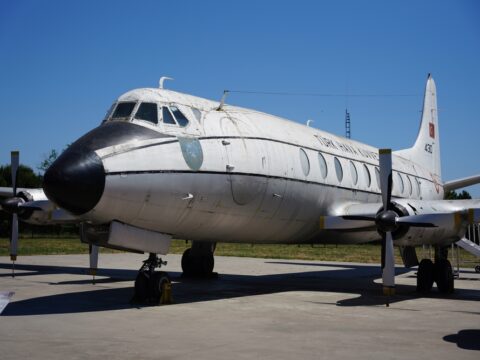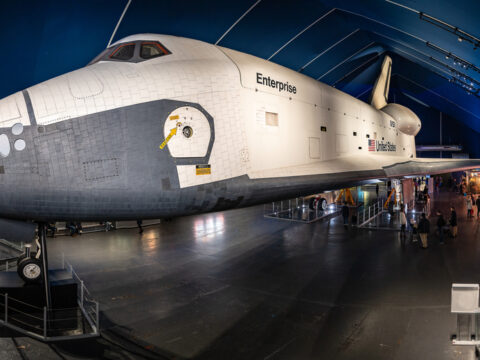American muscle cars were once the kings of the road, defined by their power, speed, and bold designs. While some models have become legendary, others didn’t get the same recognition and quietly slipped into history. These overlooked cars had impressive features but never quite gained the spotlight they deserved. Here’s a look at 18 forgotten muscle cars that deserve a second glance.
Contents
AMC Javelin AMX (1968-1974)
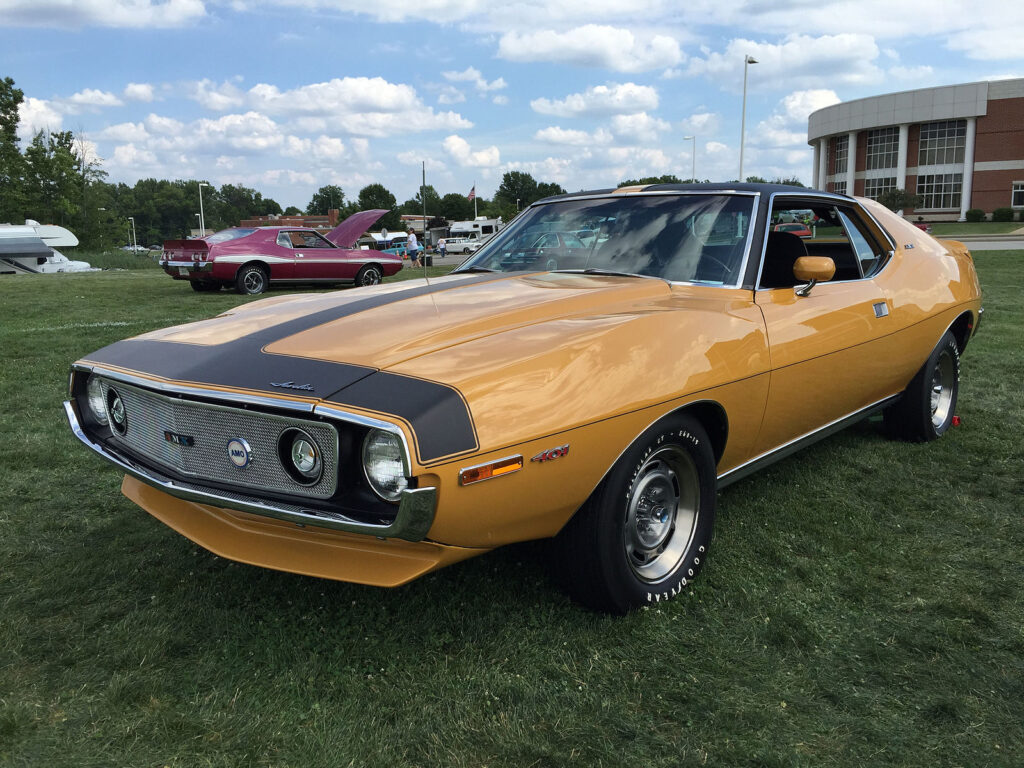
The AMC Javelin AMX was a bold contender in the muscle car market, featuring a powerful 390 V8 engine and distinct styling. It was created to compete with heavy hitters like the Ford Mustang and Chevrolet Camaro. However, AMC’s smaller production scale and limited marketing budget hindered its success. Despite being a well-balanced and capable performer, it never gained the fame of its rivals.
Mercury Cyclone (1964-1971)

Mercury’s Cyclone was built with performance in mind, packing engines like the 428 Cobra Jet that delivered plenty of muscle. Its aerodynamic shape made it a contender in NASCAR, but the car never truly captured the public’s attention. The Cyclone’s identity was often overshadowed by the Mustang and other Ford models, leading to its gradual decline. When Mercury shifted away from performance cars in the early ’70s, the Cyclone was left behind.
Dodge Demon 340 (1971-1972)
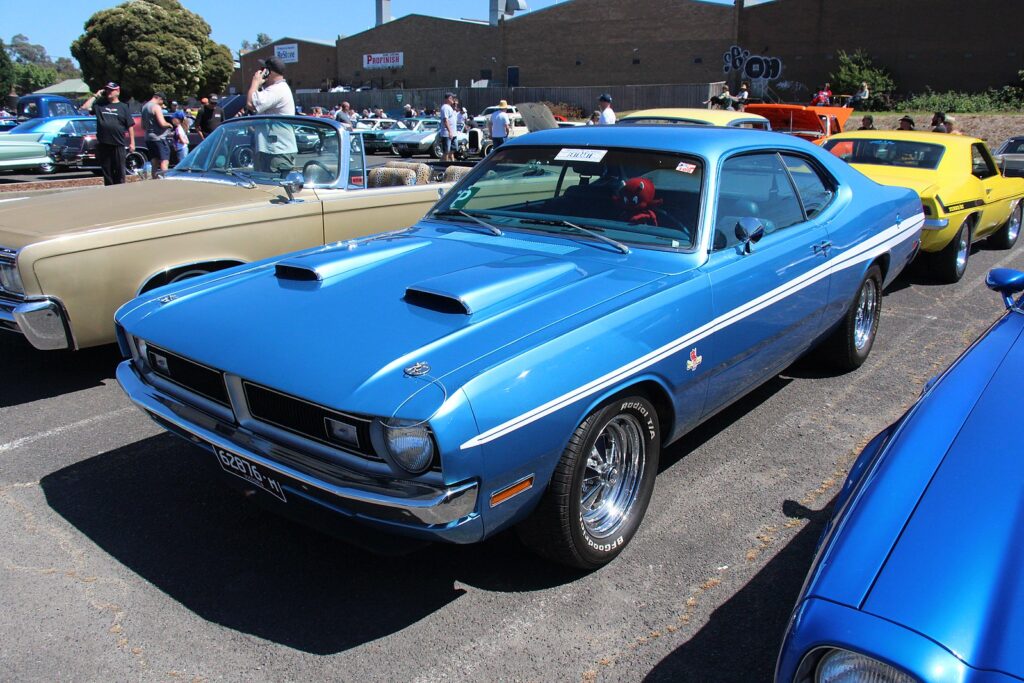
The Dodge Demon 340, with its aggressive look and potent V8 engine, made an impression on the muscle car scene. It was designed to be fast and affordable, appealing to younger buyers. Yet controversy over the car’s name led to a quick end for the Demon after just two years of production. Despite its excellent quarter-mile performance, the name’s backlash overshadowed its true potential. As a result, the Demon slipped into obscurity, even though it packed plenty of muscle.
Ford Torino Cobra (1968-1971)
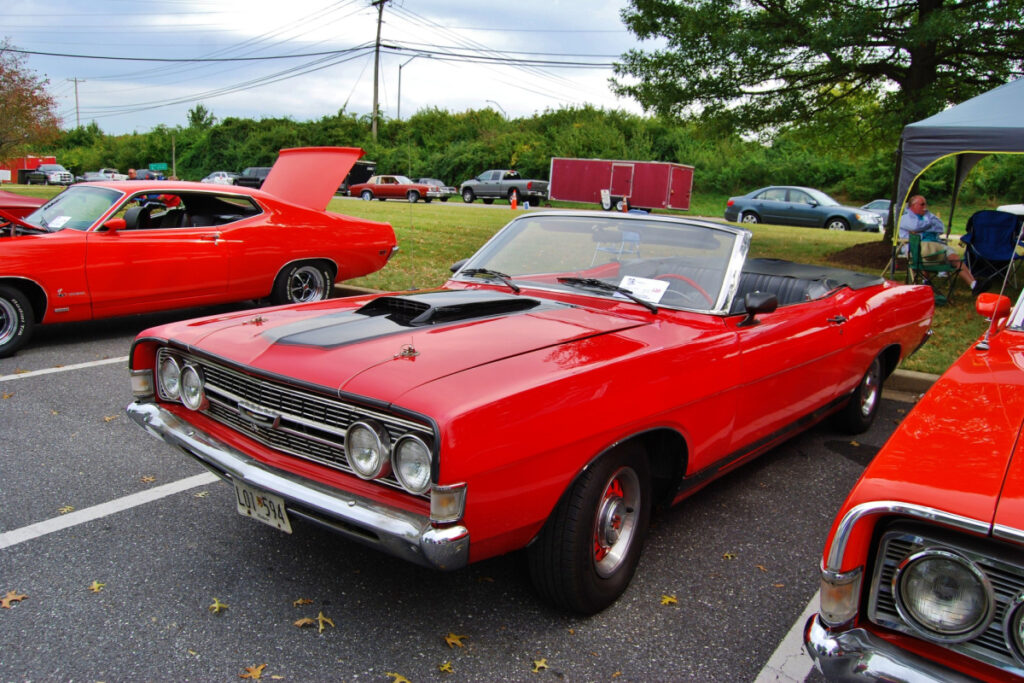
Ford’s Torino Cobra was built for speed, boasting the powerful 429 Cobra Jet engine that could churn out over 370 horsepower. Despite this, the Torino was often overlooked, with more attention going to flashier models like the Mustang. Although it performed well on drag strips, it never fully caught on with mainstream buyers. Emissions regulations and rising insurance costs in the early ’70s spelled the end for this formidable machine.
Plymouth GTX (1967-1971)
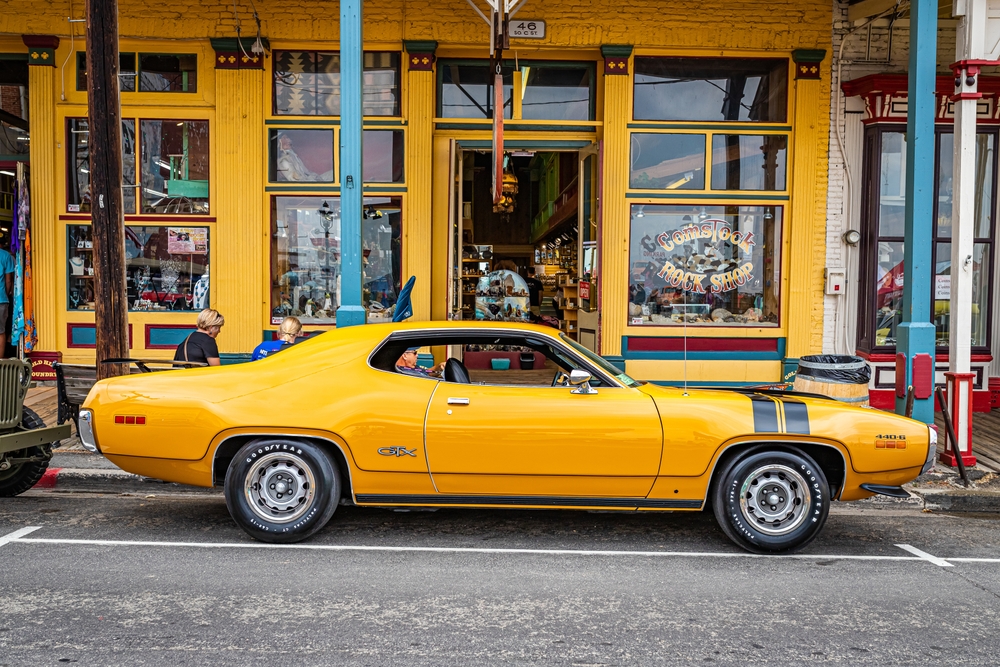
Marketed as a luxury muscle car, the Plymouth GTX offered high performance with engines like the 440 Super Commando and the infamous 426 Hemi. However, it struggled to stand out against Plymouth’s more affordable muscle option, the Road Runner, which provided similar performance at a lower cost. As the market for muscle cars shrank in the early ’70s, the GTX’s appeal waned. Its production ended in 1971, leaving it a lesser-known part of Plymouth’s storied muscle car legacy.
Oldsmobile 442 (1964-1980)
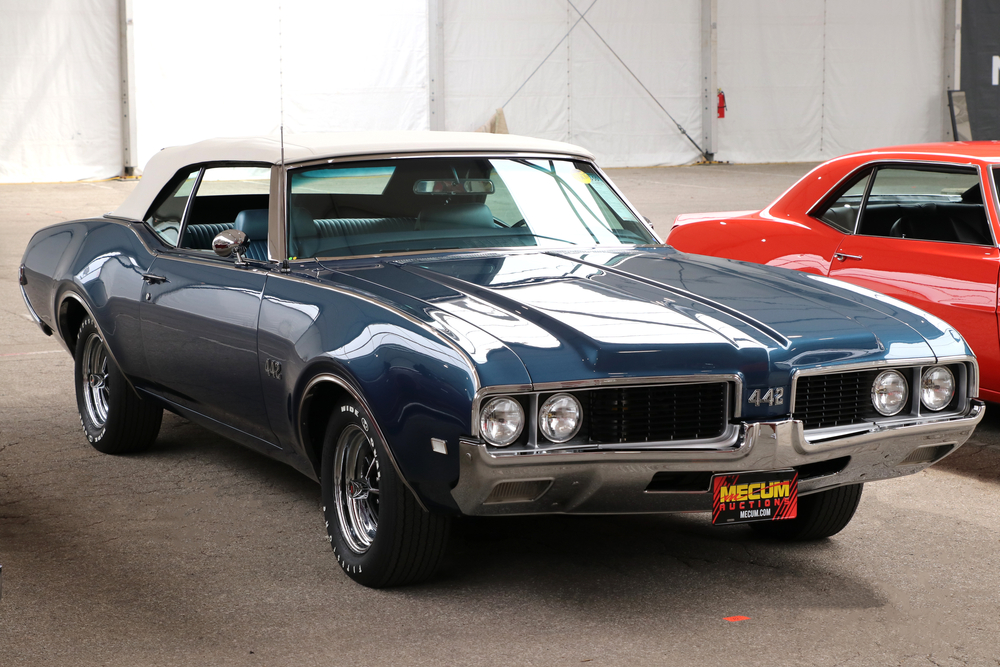
Originally a performance package for the Cutlass, the Oldsmobile 442 eventually became a muscle car icon in its own right. Known for its V8 power and strong handling, it was a serious contender in the 1960s. But as the years progressed, Oldsmobile focused more on luxury, and the 442 lost much of its performance edge. By the 1970s, tightening emissions standards and the shift toward more comfort-oriented cars led to its decline.
Pontiac Grand Prix SJ (1967-1977)

The Pontiac Grand Prix SJ attempted to blend muscle car performance with luxury. Powered by a hefty 455 V8, it had the power to back up its sporty appearance. However, its heavier frame and comfort features placed it more in the personal luxury car category, limiting its appeal to muscle car purists. As the industry moved toward smaller, more fuel-efficient vehicles, the Grand Prix SJ gradually fell out of favor. Today, it’s a forgotten member of Pontiac’s performance history.
Chevrolet Nova SS (1962-1972)
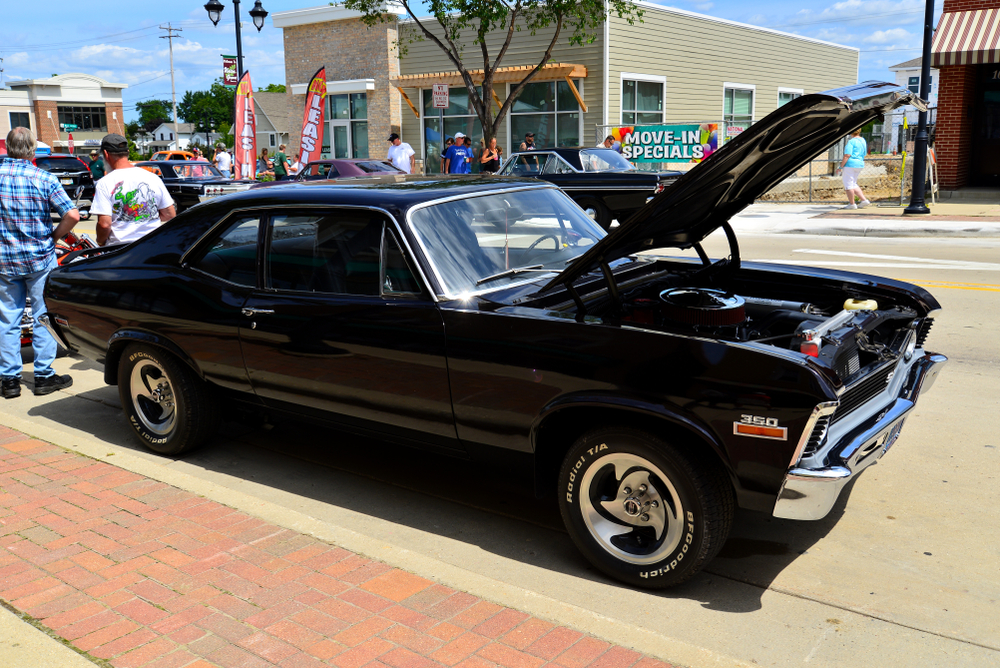
Although it didn’t have the flashy looks of its muscle car siblings, the Chevrolet Nova SS was no slouch when it came to power. Equipped with a variety of engine options, including the 396 V8, the Nova could keep up with many of the era’s best. However, it was often overshadowed by the Camaro and Chevelle, which received more marketing attention. As the muscle car era faded, so did the Nova SS, becoming a rare gem appreciated by die-hard fans.
Buick GSX (1970-1972)
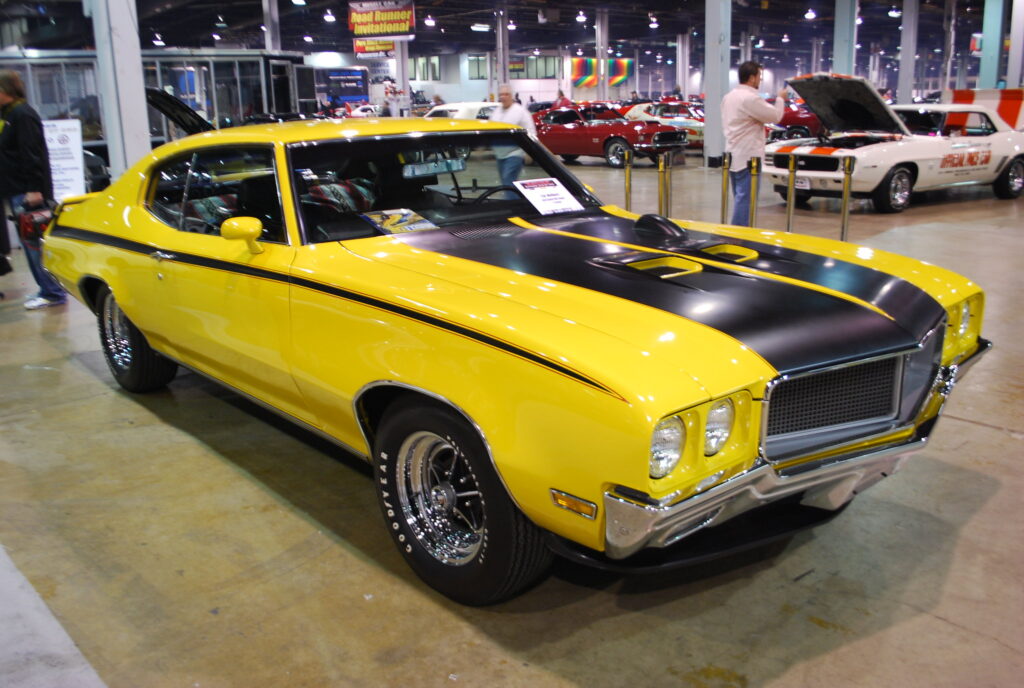
The Buick GSX, featuring the mighty Stage 1 455 engine, delivered an astonishing 510 lb-ft of torque, making it one of the era’s most powerful muscle cars. Unfortunately, Buick’s image as a maker of sedate, luxurious cars didn’t mesh well with the GSX’s aggressive nature. It never gained the same recognition as muscle cars from brands with more performance-oriented reputations. Production ended after just two years, and the GSX faded into obscurity.
AMC Rebel Machine (1970)
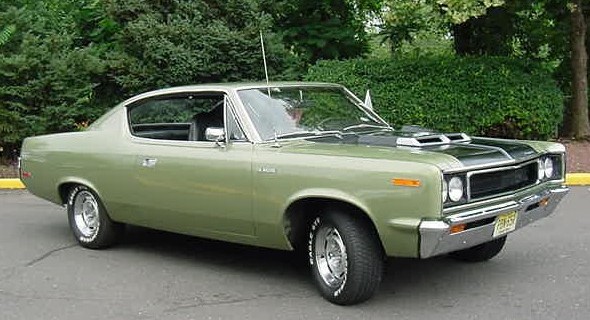
The AMC Rebel Machine stood out with its bold red, white, and blue paint scheme, but beneath the patriotic colors was a true muscle car. Powered by a 390 V8 engine, the Rebel Machine was capable of impressive performance, but AMC’s reputation as a smaller automaker limited its impact. With a high price tag and limited production numbers, the Rebel Machine struggled to compete with more affordable options from the Big Three automakers.
Chrysler 300 Hurst (1970)
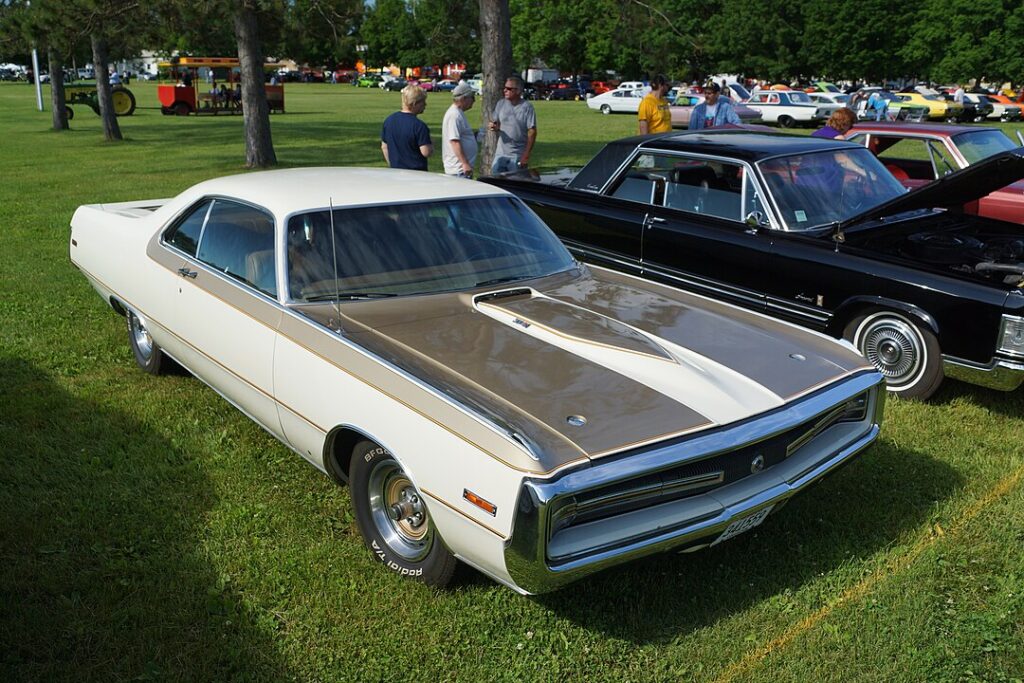
Combining Chrysler’s luxurious 300 series with Hurst’s performance expertise, the 300 Hurst was a unique blend of style and power. It boasted a 440 cubic inch engine and eye-catching styling, but its large size and high price meant it didn’t appeal to typical muscle car buyers. Only around 500 units were produced, making it a rare sight even when new.
Ford Fairlane GT (1966-1969)

The Ford Fairlane GT, equipped with engines like the 390 V8, was a serious contender in the mid-size muscle car market. Despite its capable performance, the Fairlane struggled to make a name for itself against Ford’s more famous models. The Mustang, in particular, often stole the spotlight. As Ford shifted its focus toward other models in the late 1960s, the Fairlane GT quietly faded away. Its potential was never fully realized in the mainstream muscle car world.
Dodge Charger Daytona (1969)

Built specifically for NASCAR, the Dodge Charger Daytona made history as the first car to break the 200 mph barrier. Its massive rear wing and aerodynamic nosecone made it a racing legend, but these design features weren’t as popular with street buyers. With fewer than 600 units sold, the Daytona was a rare sight on the road.
Plymouth Superbird (1970)
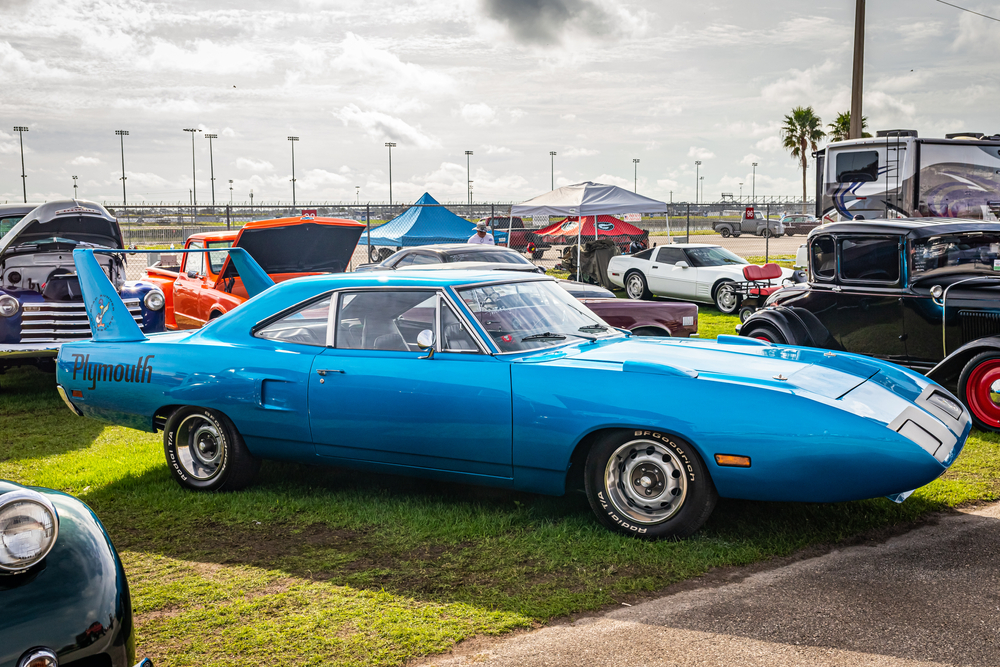
The Plymouth Superbird shared much in common with the Dodge Charger Daytona, including its race-bred aerodynamic design and oversized rear wing. However, despite its performance credentials, the Superbird’s unusual appearance didn’t appeal to many buyers. Only a little over 1,900 were sold before it was discontinued after just one year. It wasn’t until much later that the Superbird gained a cult following, but during its time, it was largely overlooked.
Mercury Marauder X-100 (1969-1970)
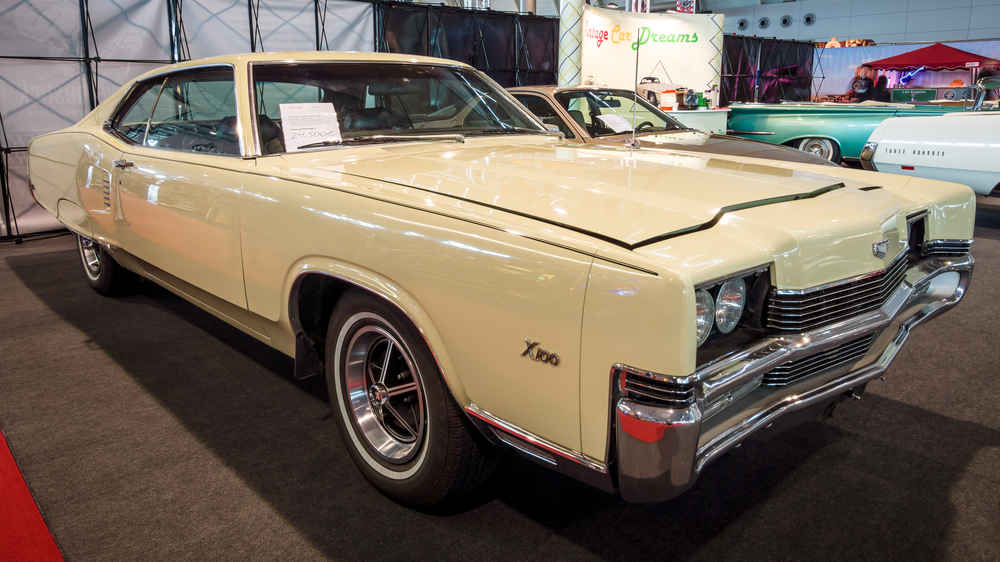
Mercury’s Marauder X-100 aimed to blend muscle car power with full-size comfort, offering a massive 429 V8 engine under the hood. While it had the horsepower to match muscle car rivals, its large size and focus on luxury limited its appeal among performance enthusiasts. The Marauder X-100 was too big and too expensive for most muscle car buyers, and after just two years, it was discontinued
Chevrolet Monte Carlo SS (1970-1971)
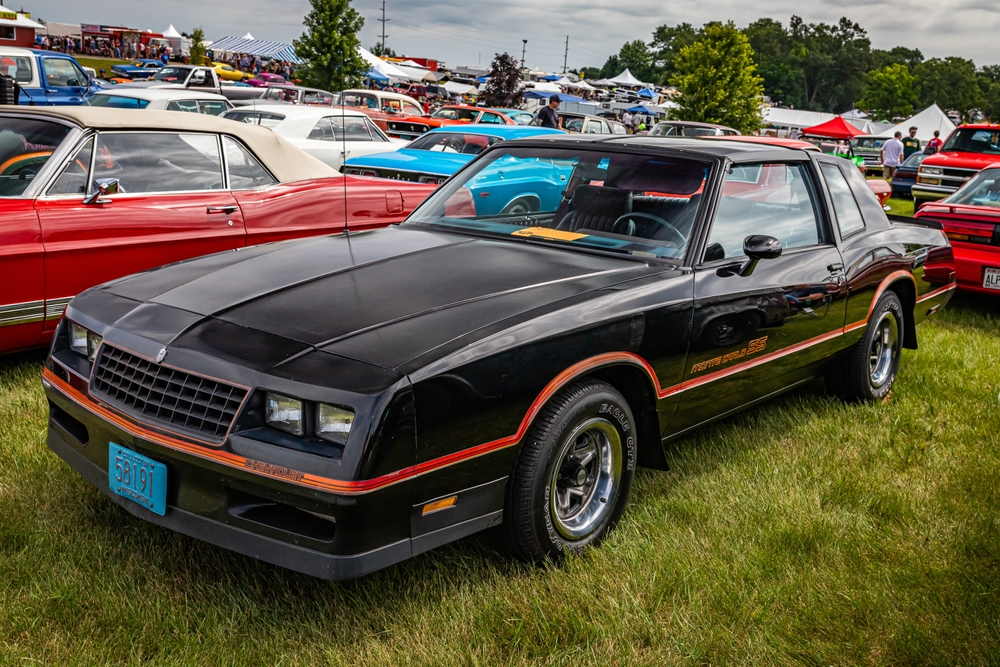
The Chevrolet Monte Carlo SS combined luxury with muscle, featuring the same 454 cubic inch V8 that powered the Chevelle SS. Though it offered performance, the Monte Carlo’s focus on style and comfort left it overshadowed by more aggressive muscle cars. It was a transitional model, blending power with the rising trend of personal luxury vehicles.
Pontiac Ventura (1960-1977)
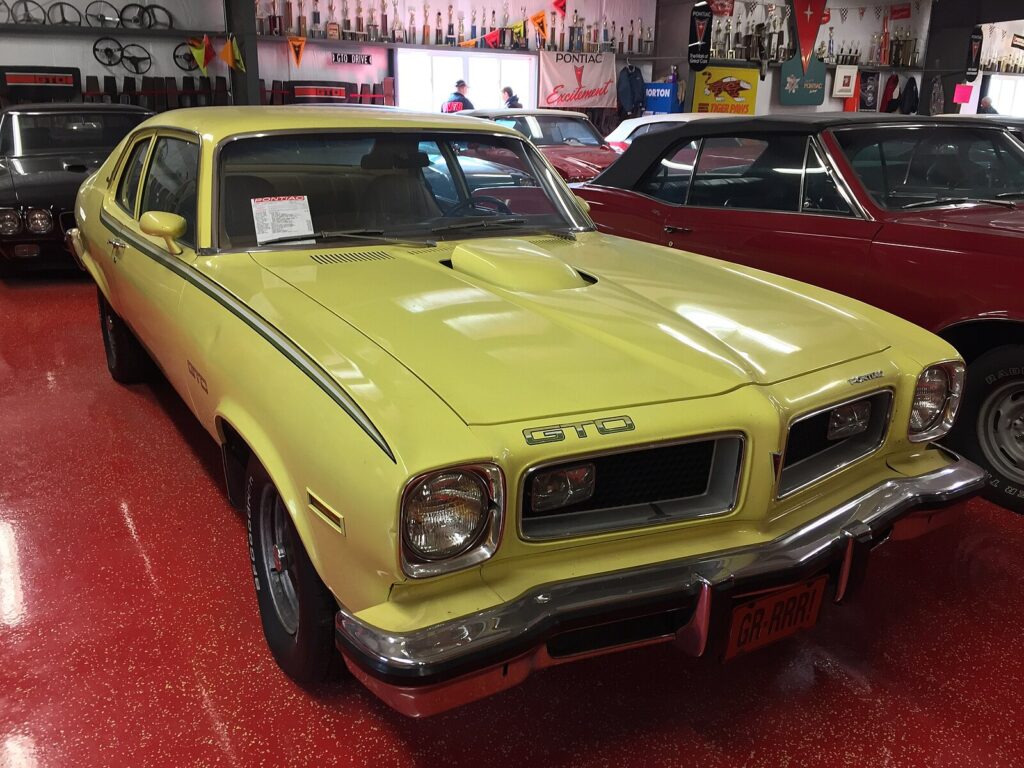
The Pontiac Ventura, originally a full-sized car, evolved into a more compact muscle car by the early ’70s. It shared many of its mechanical components with the GTO, including its powerful V8 options, but it never captured the public’s imagination in the same way. Overshadowed by Pontiac’s more popular models, the Ventura faded into the background. As the muscle car market shrank, so did its relevance, eventually disappearing from Pontiac’s lineup altogether.
Dodge Coronet R/T (1967-1970)
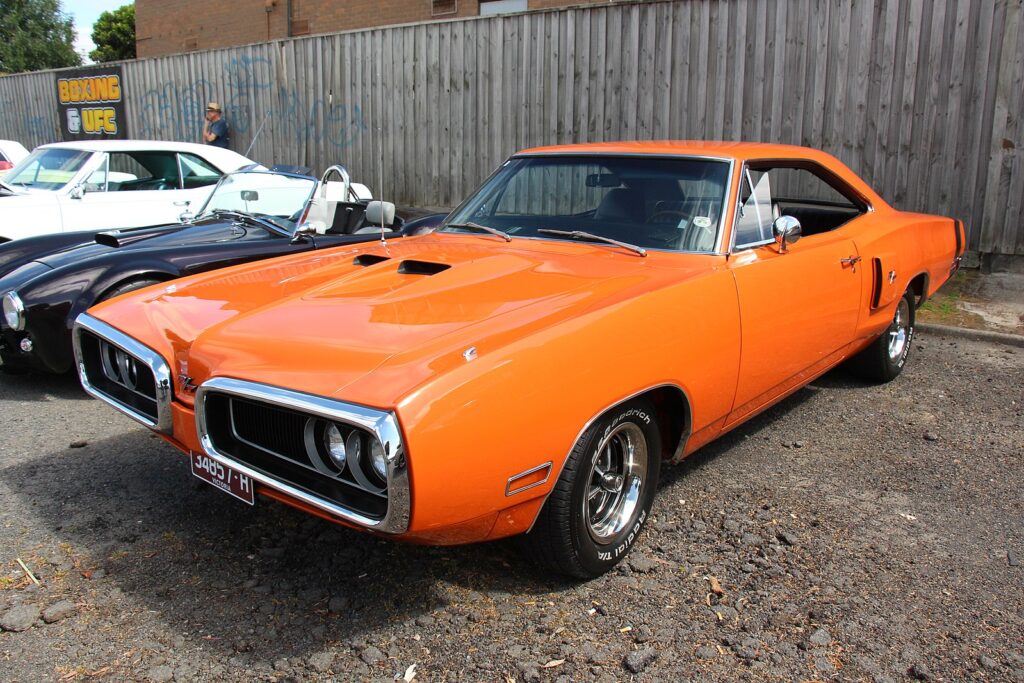
The Dodge Coronet R/T, with its 440 Magnum engine and optional 426 Hemi, was a muscle car powerhouse. It offered serious straight-line speed, but its somewhat understated design often caused it to be overlooked in favor of flashier models. As Dodge focused more on the Charger and Challenger, the Coronet R/T was gradually phased out. Despite its performance, the Coronet never achieved the same iconic status as its siblings, leaving it a forgotten player in Dodge’s muscle car lineup.
This article originally appeared in MyCarMakesNoise.
More from MyCarMakesNoise
20 Incredible Space and Aviation Museums You Need to See
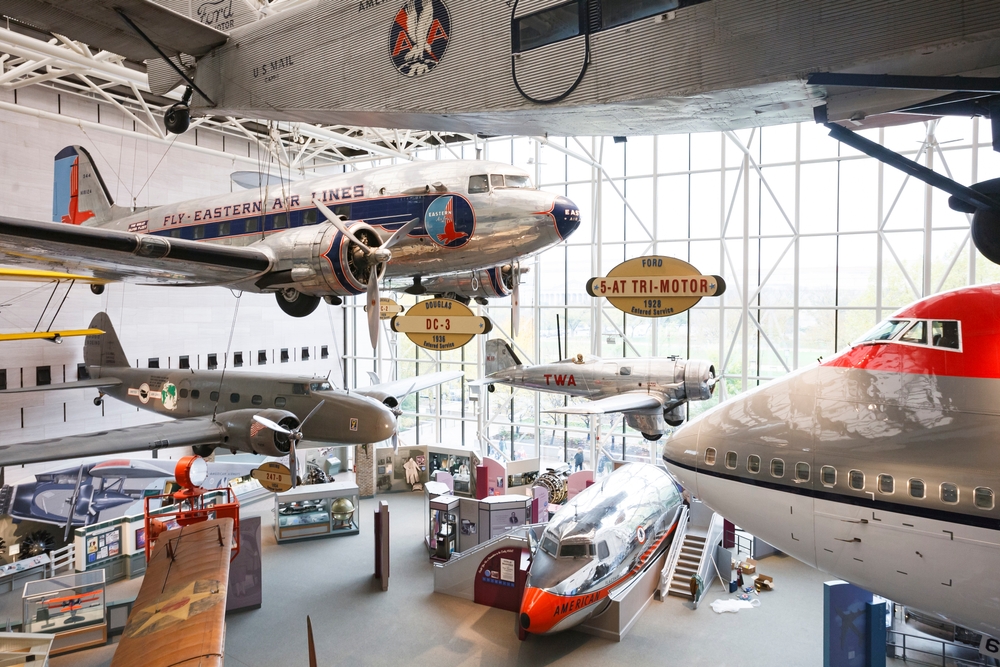
Exploring the fascinating world of space and aviation is a thrilling experience for enthusiasts and curious minds alike. Whether you’re captivated by the history of flight, the marvels of space exploration, or the technology behind it all, there’s a museum out there waiting to ignite your imagination. Read More.
15 Must-Visit Small Town Diners for Your Next Road Trip
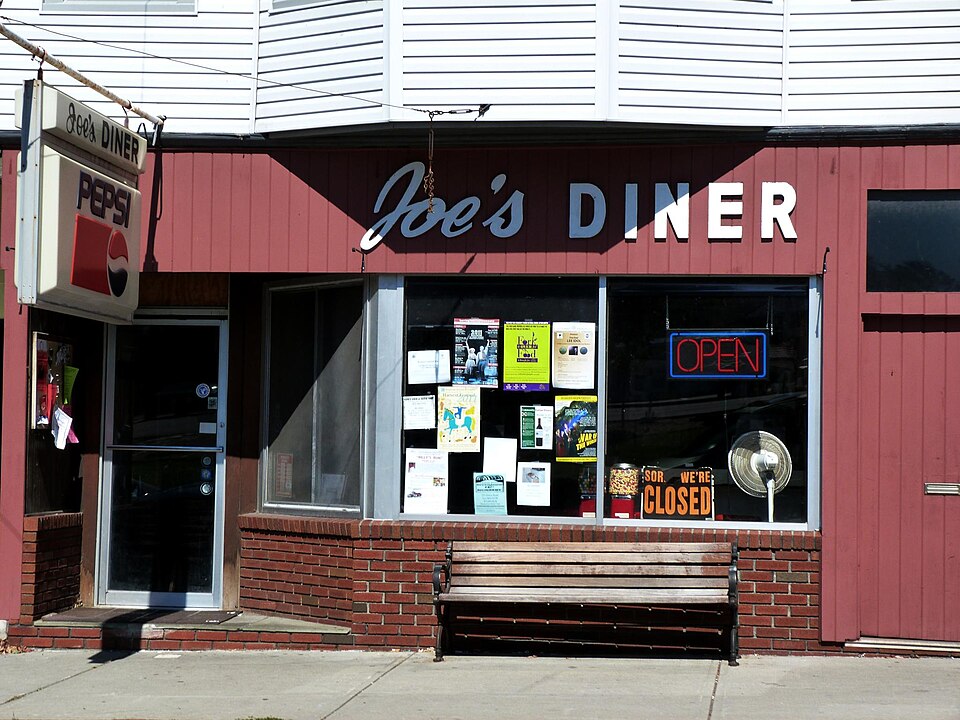
Planning a road trip is about more than just the destination—it’s the journey that makes it unforgettable. Along the way, there’s nothing better than discovering a cozy small-town diner where the food is hearty, the service is friendly, and the atmosphere feels like home. Read More.
25 Luxury Cars Pioneering Comfort and Driving Innovation
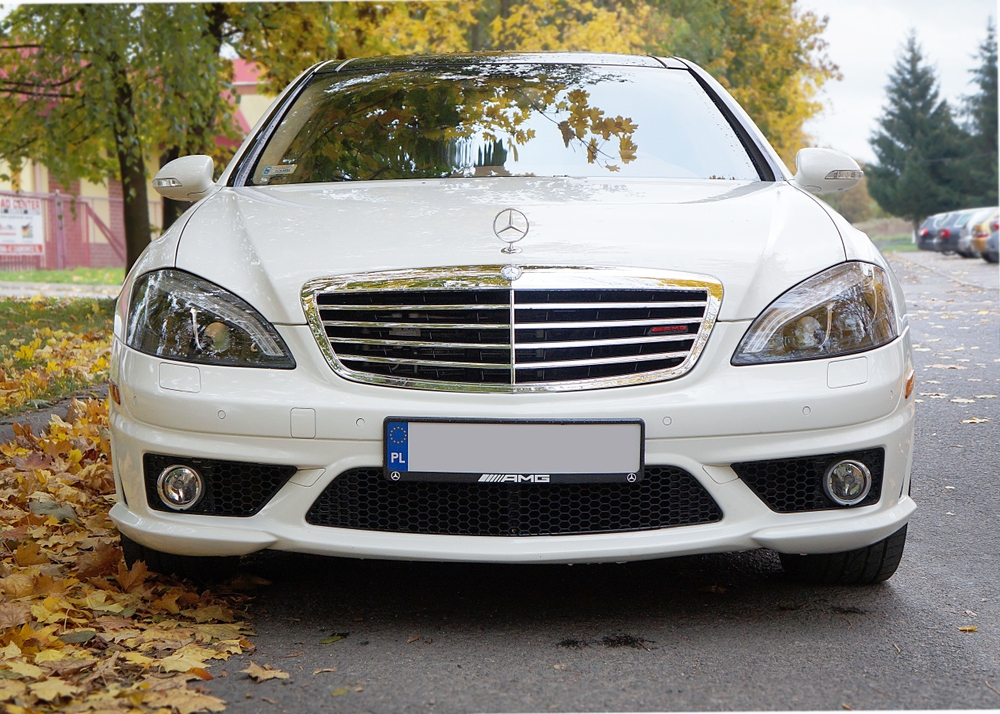
Joe’s Diner offers an authentic small-town experience with its classic American diner feel. The vintage décor, complete with old-school booths and a retro counter, takes you back to simpler times. Read More.



